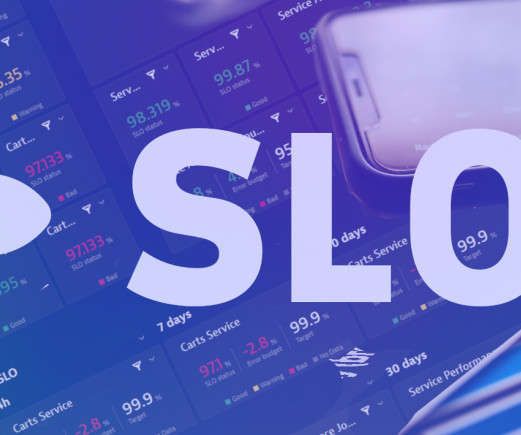Implementing service-level objectives to improve software quality
Dynatrace
DECEMBER 27, 2022
When organizations implement SLOs, they can improve software development processes and application performance. SLOs improve software quality. Stable, well-calibrated SLOs pave the way for teams to automate additional processes and testing throughout the software delivery lifecycle. SLOs aid decision making. Reliability.











Let's personalize your content